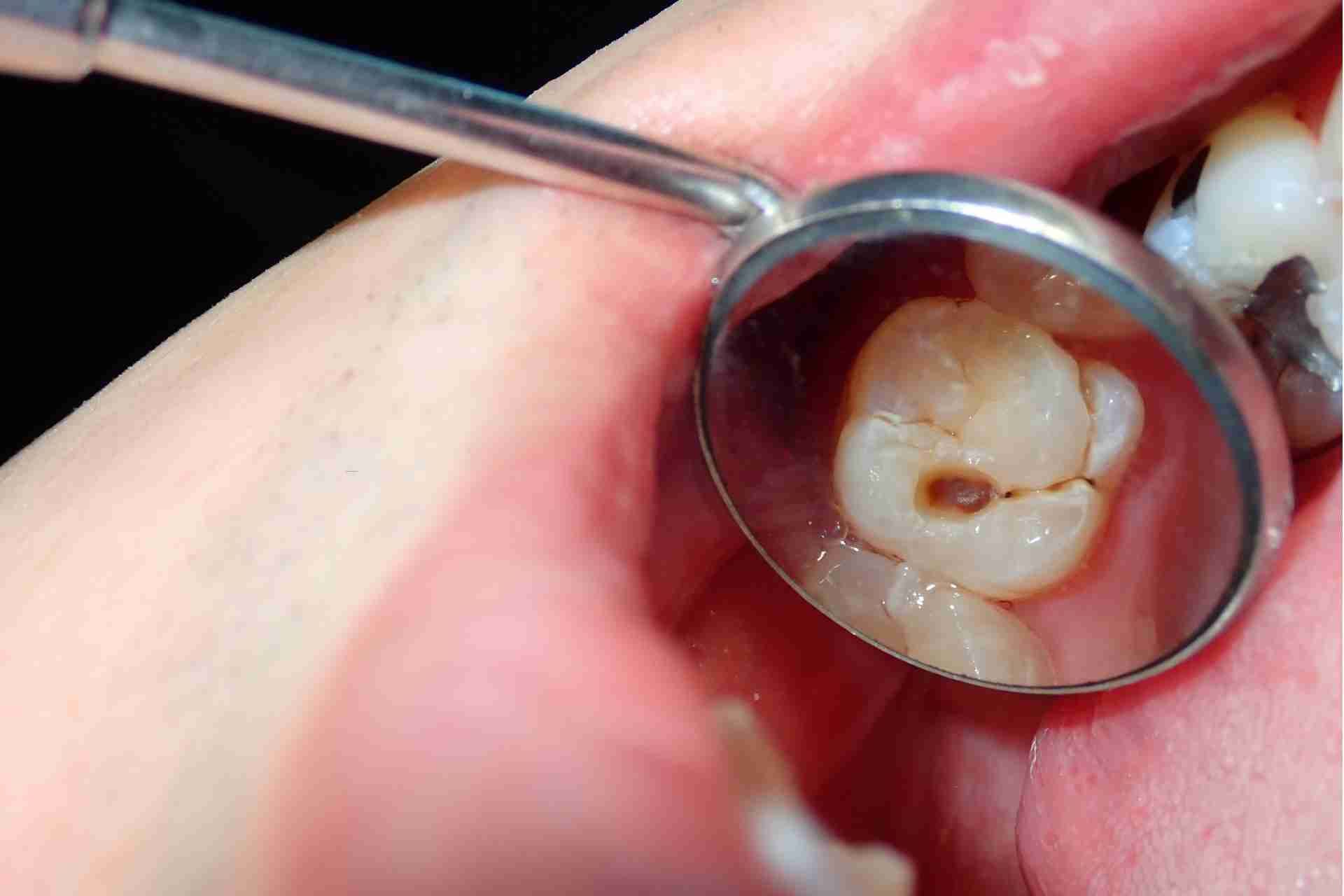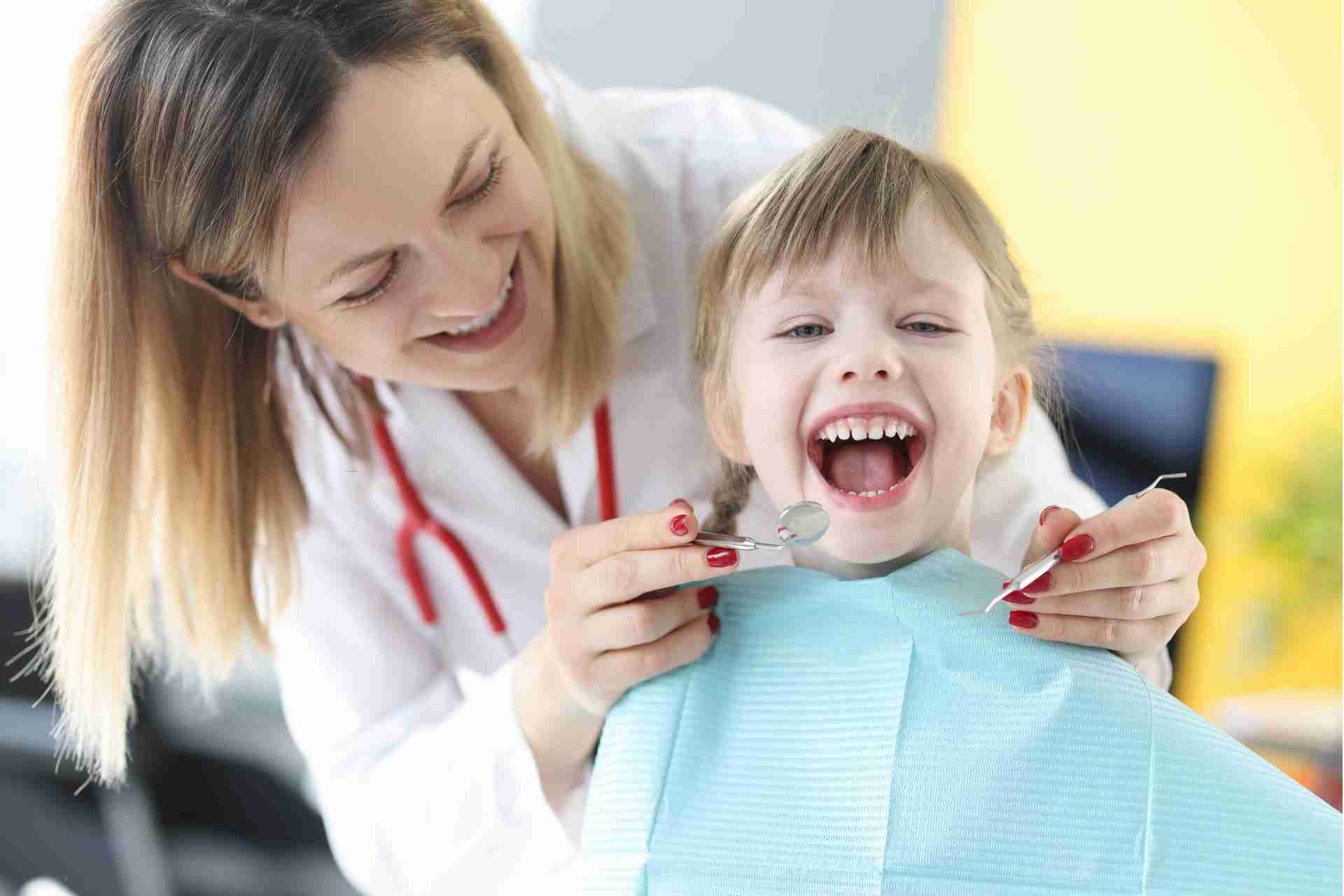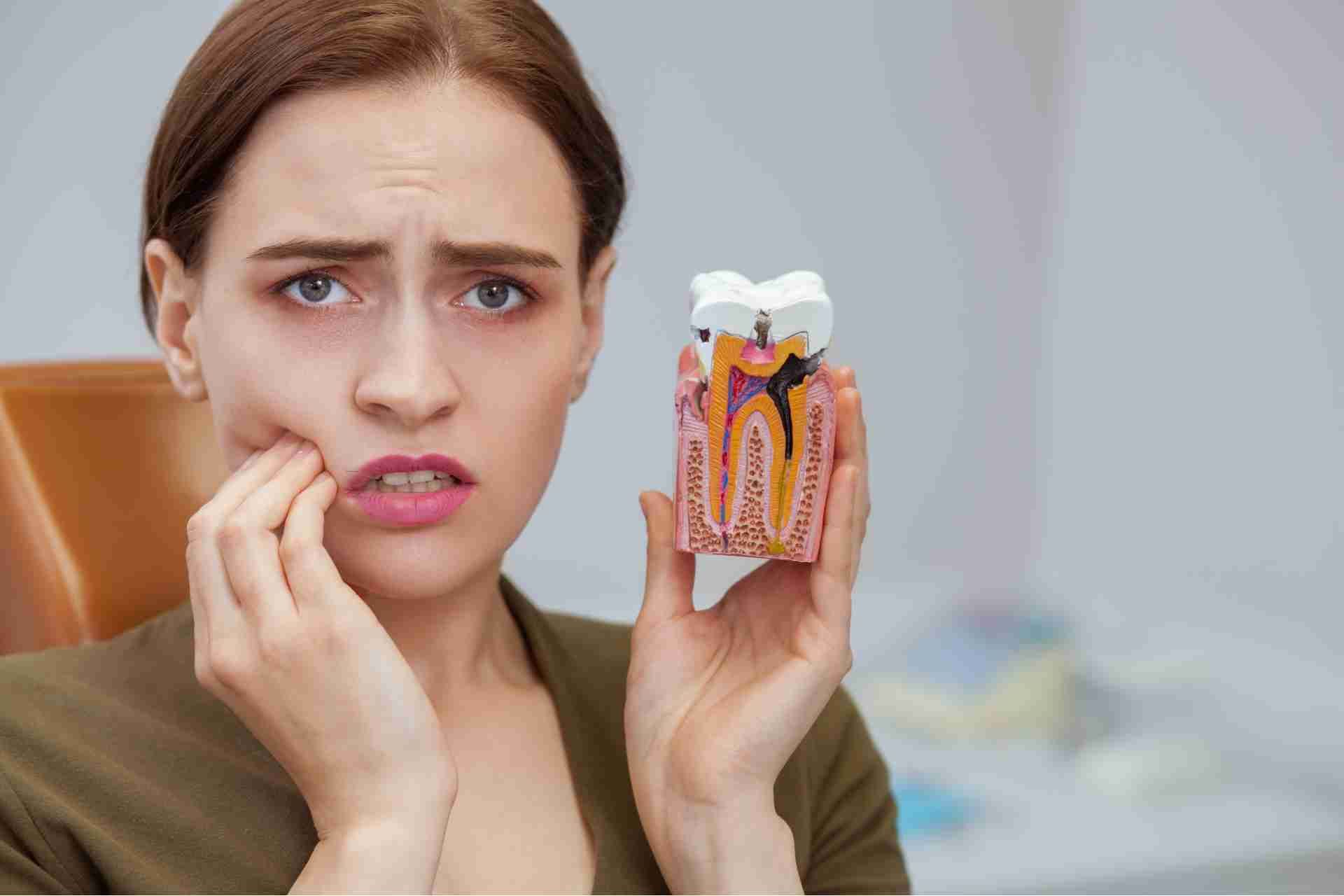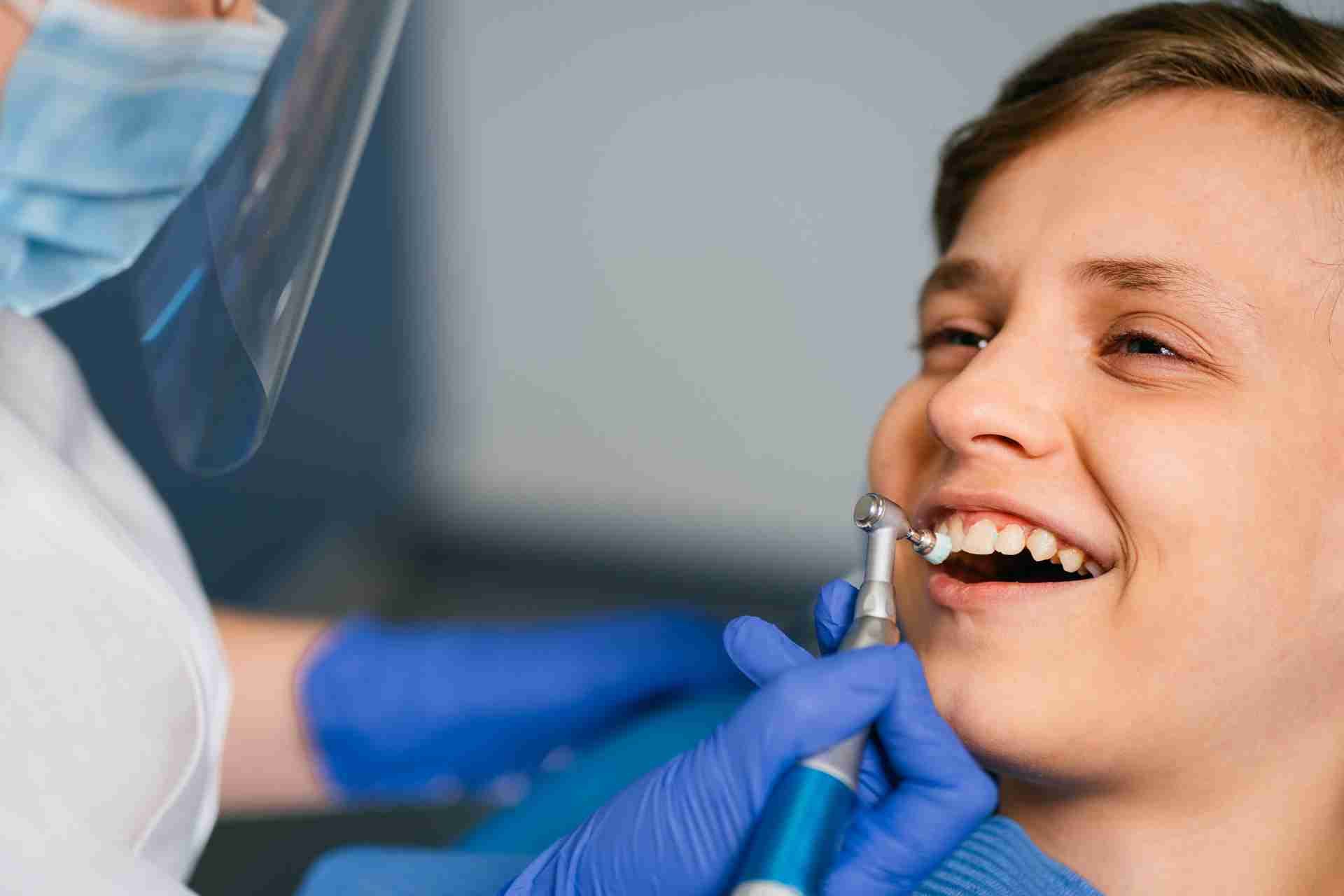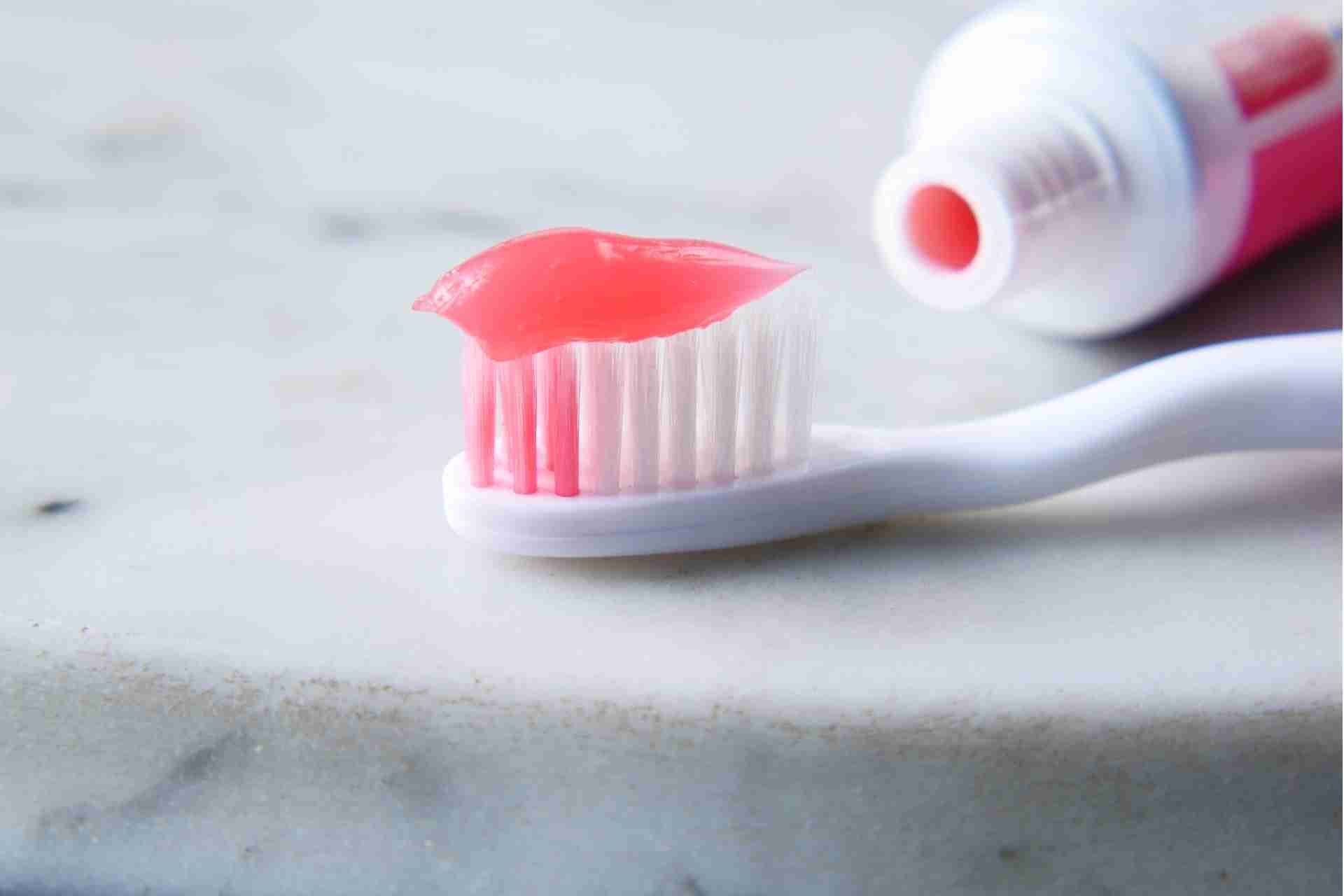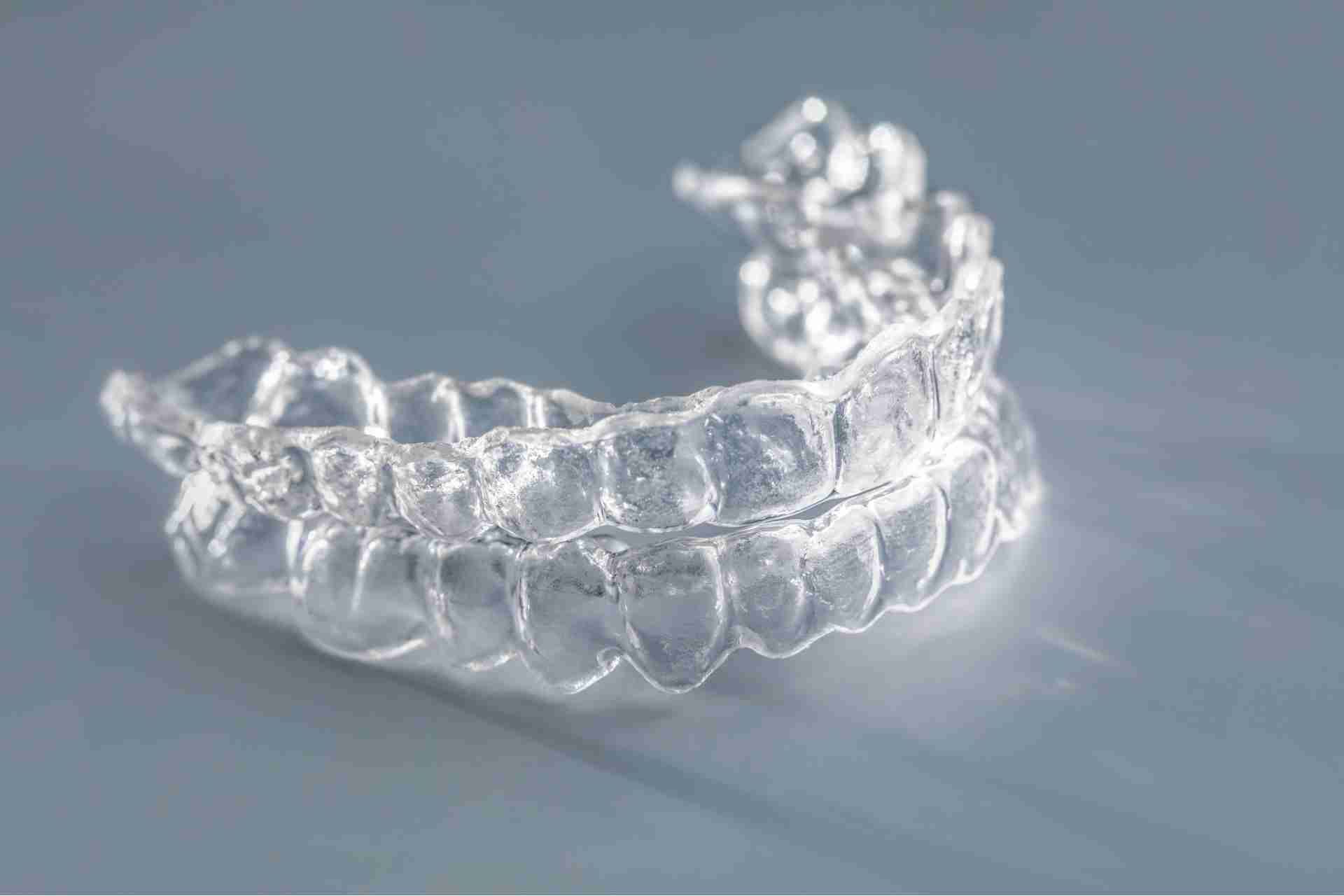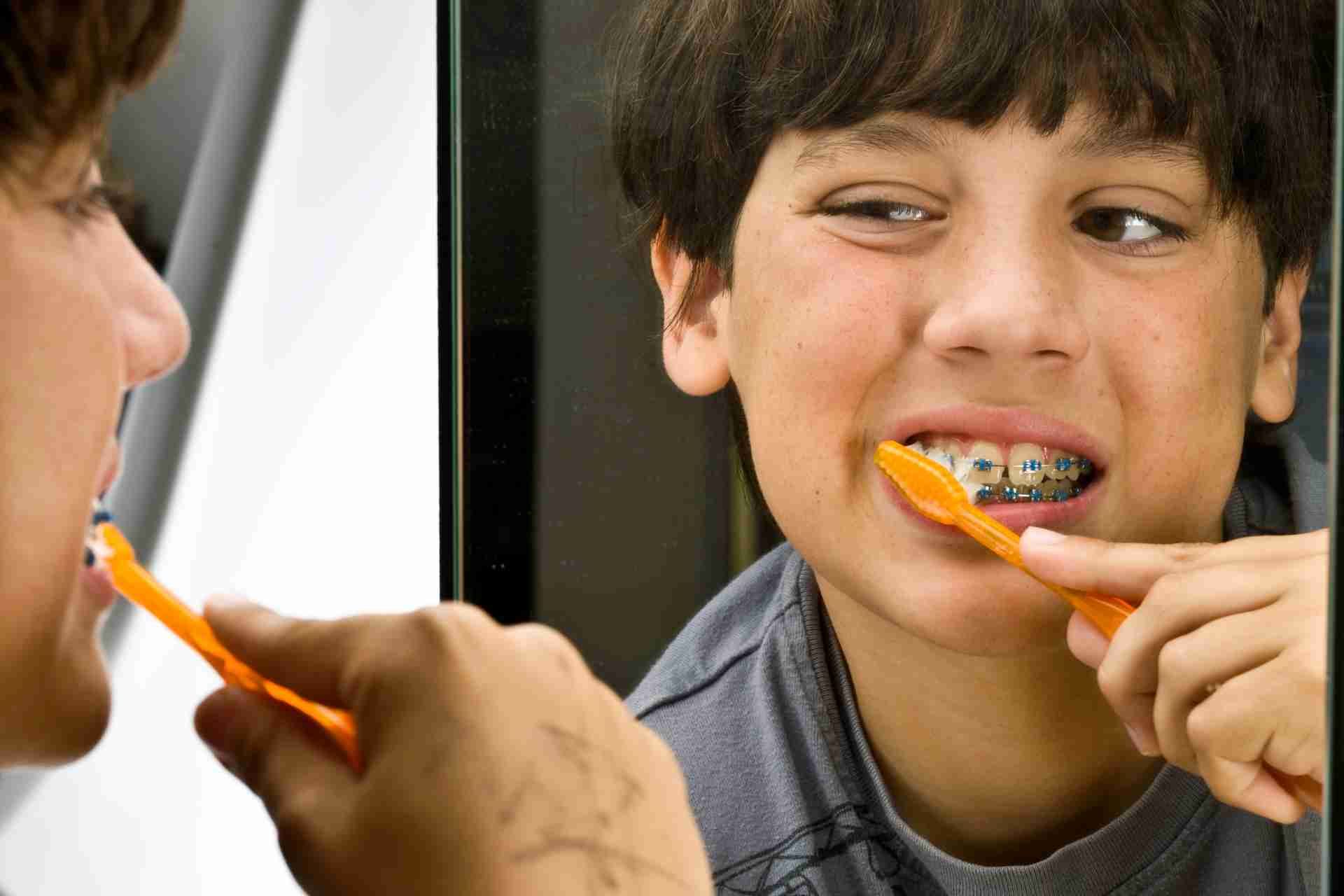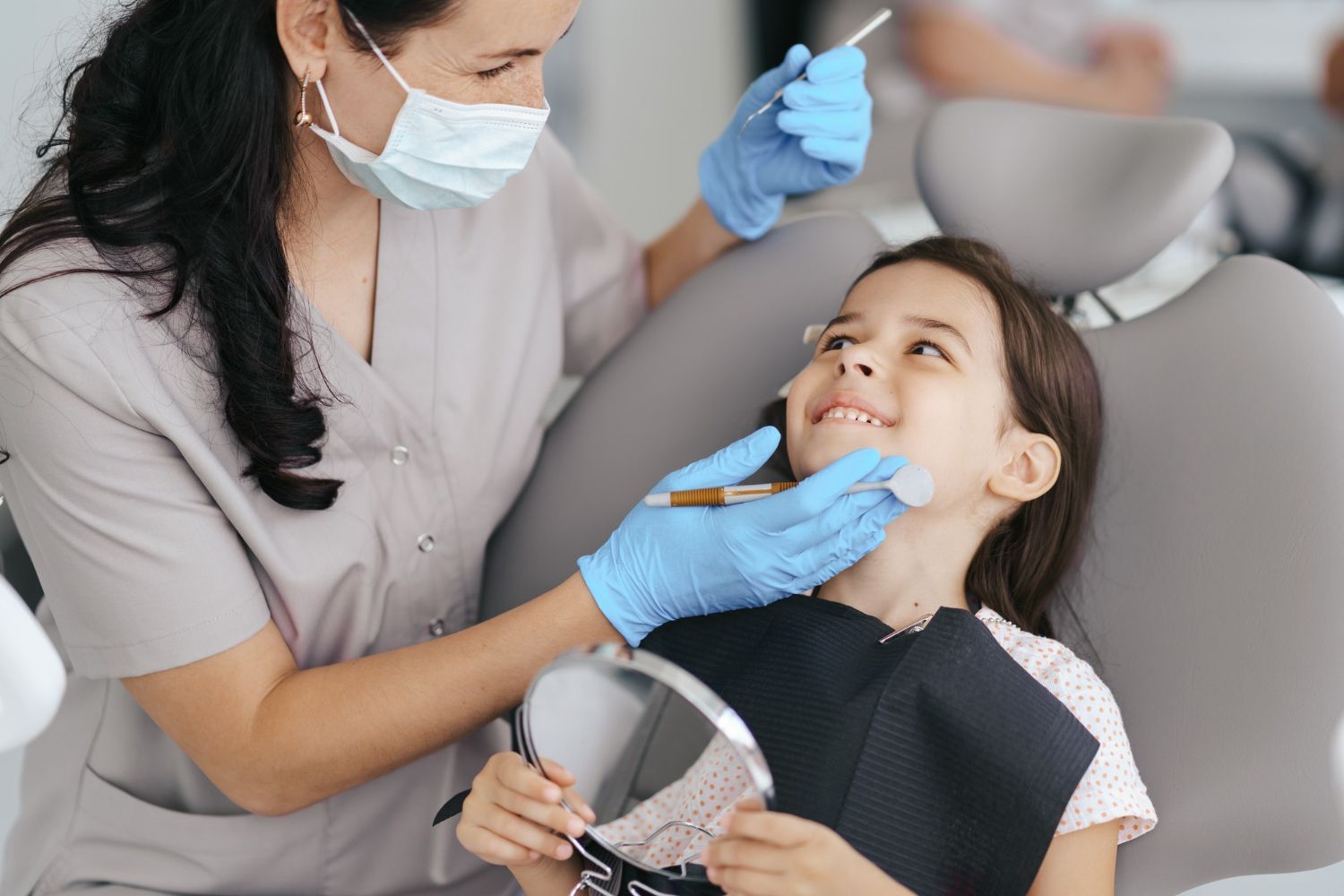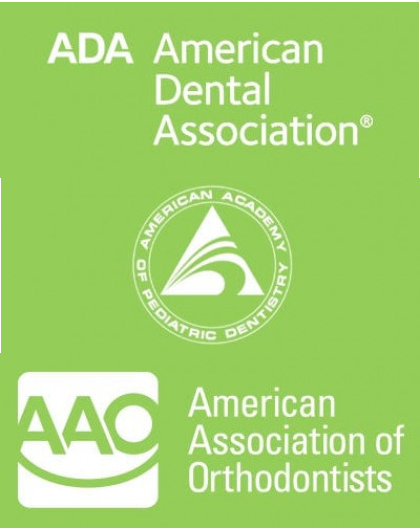When to Change your Toothbrush
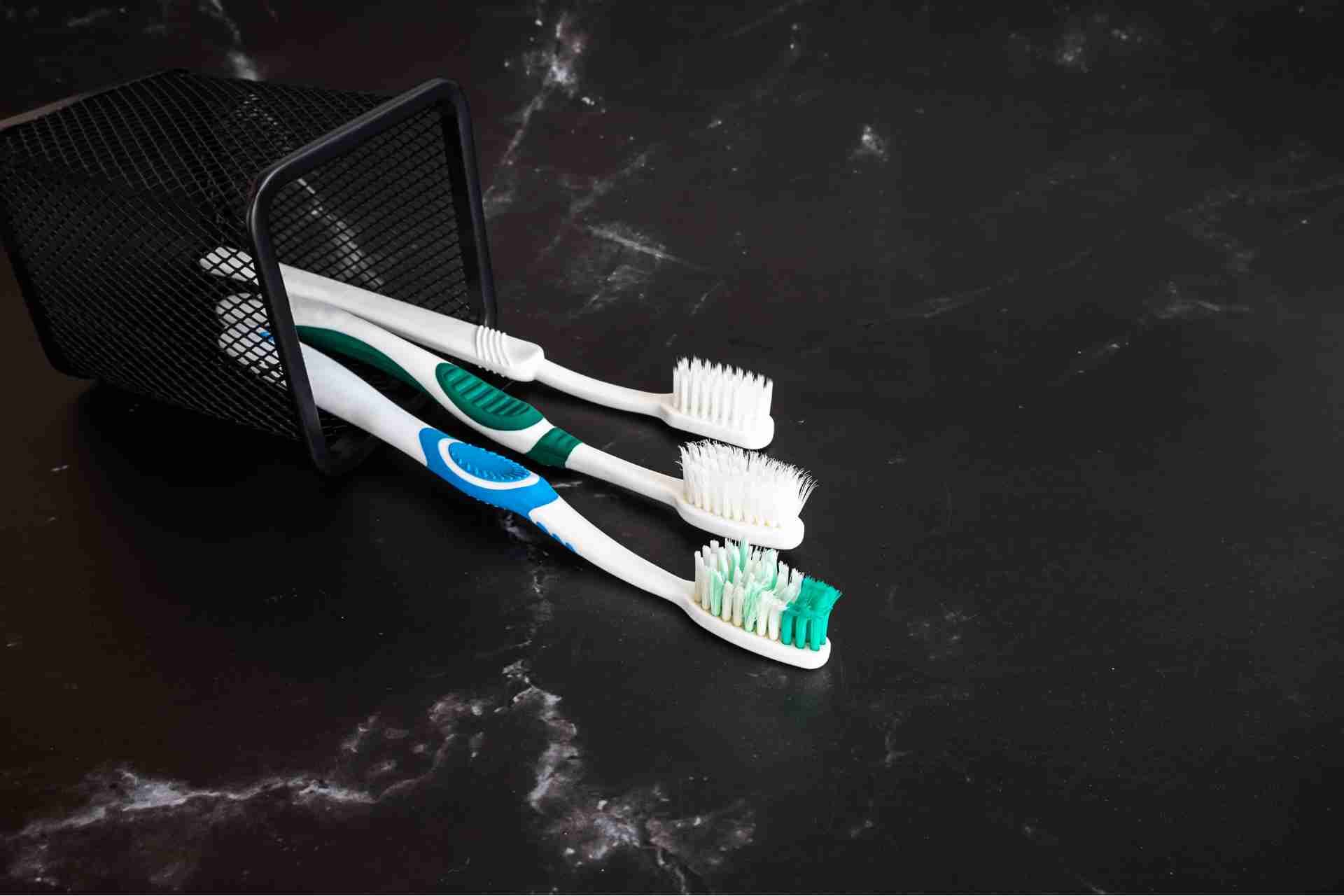
It's easy to overlook the importance of changing your toothbrush regularly, but it is an essential part of maintaining proper oral hygiene. Over time, toothbrushes become less effective at removing plaque and bacteria from your teeth and gums, which can lead to dental issues such as cavities and gum disease. Read on and get an idea of when to change your toothbrush and why it is crucial for your overall dental health.
Types of Toothbrushes
1. Manual Toothbrushes
Manual toothbrushes are the most common type of toothbrush and are still widely used by many people. These brushes typically have a plastic handle and nylon bristles. They come in a variety of shapes, sizes, and bristle patterns to suit different preferences. Manual toothbrushes are affordable and easy to use, making them a popular choice for many people.
2. Electric Toothbrushes
Electric toothbrushes are becoming increasingly popular due to their superior cleaning power. These brushes use oscillating or rotating bristles to remove plaque and bacteria more effectively than manual toothbrushes. Electric toothbrushes often come with features like built-in timers, pressure sensors, and different cleaning modes to cater to individual needs. While electric toothbrushes tend to be more expensive than manual toothbrushes, many people find them worth the investment for their superior cleaning performance.
3. Bamboo Toothbrushes
For those looking to reduce their environmental impact, bamboo toothbrushes are a great alternative to traditional plastic toothbrushes. Bamboo toothbrushes have biodegradable handles made from sustainable bamboo, making them a more eco-friendly option. These brushes often come with nylon bristles that can be removed and recycled, further reducing their environmental footprint.
4. Silicone Toothbrushes
Silicone toothbrushes are another eco-friendly option that is gentle on the teeth and gums. These brushes have soft silicone bristles that are ideal for sensitive mouths or those with gum disease. Silicone toothbrushes are also easy to clean and maintain, as they can be boiled or sanitized in the dishwasher.
5. Travel Toothbrushes
Travel toothbrushes are compact and portable, making them ideal for on-the-go use. These brushes often come with a foldable design or a travel case to protect the bristles while in transit. Some travel toothbrushes also come with built-in toothpaste compartments for added convenience.
Why Changing Your Toothbrush is Crucial
Changing your toothbrush regularly is crucial for maintaining good oral hygiene. Bacteria and germs can build up on your toothbrush over time, which can lead to a variety of oral health issues such as gum disease and cavities. By replacing your toothbrush every three to four months, you can ensure that you are effectively removing plaque and bacteria from your teeth and gums.
Changing your toothbrush regularly can also help prevent the spread of illness and infection, as a worn-out toothbrush may not clean your teeth as effectively. Overall, prioritizing the regular replacement of your toothbrush is an important step in maintaining a healthy smile.
How Often Should You Change Your Toothbrush
Dental professionals recommend changing your toothbrush every three to four months, or sooner if the bristles become frayed or worn. This is because bacteria can build up on the bristles over time, potentially causing oral health issues. Additionally, regularly replacing your toothbrush ensures that it continues to effectively remove plaque and bacteria from your teeth and gums.
Signs to Change your Toothbrush
Frayed or worn bristles
If the bristles on your toothbrush are frayed, splayed, or worn down, it is time to replace it. Worn bristles are less effective at removing plaque and food particles from your teeth.
Discoloration or staining
If your toothbrush has become discolored or stained, it may be harboring bacteria and other germs that can be harmful to your oral health. It's best to replace it to maintain good oral hygiene.
Bristles are bent or misshapen
If the bristles on your toothbrush are bent or misshapen, they will not be able to effectively clean your teeth and gums. It's time to get a new toothbrush.
You have been sick
If you have been sick, especially with a contagious illness like the flu or a cold, it is important to replace your toothbrush to prevent reinfection.
It has been 3-4 months
Dentists recommend replacing your toothbrush every 3-4 months, or sooner if the bristles show signs of wear. Regularly changing your toothbrush ensures that it remains effective at removing plaque and bacteria from your teeth.
You notice a change in your oral health
If you notice an increase in cavities, gum irritation, or bad breath, it may be time to change your toothbrush. A fresh toothbrush can help improve your oral health.
Maintain Good Oral Health with Regular Dental Visits
Good oral health is essential for overall health and well-being. Regular dental visits are vital in maintaining good oral health, especially for children. Pennington Orthodontics & Pediatric Dentistry provides a comfortable and friendly environment for patients of all ages to receive high-quality dental care.
Make regular dental visits a priority for you and your family to ensure good oral health for years to come.
Contact Pennington Orthodontics & Pediatric Dentistry today to schedule an appointment and take the first step towards a healthier smile.
